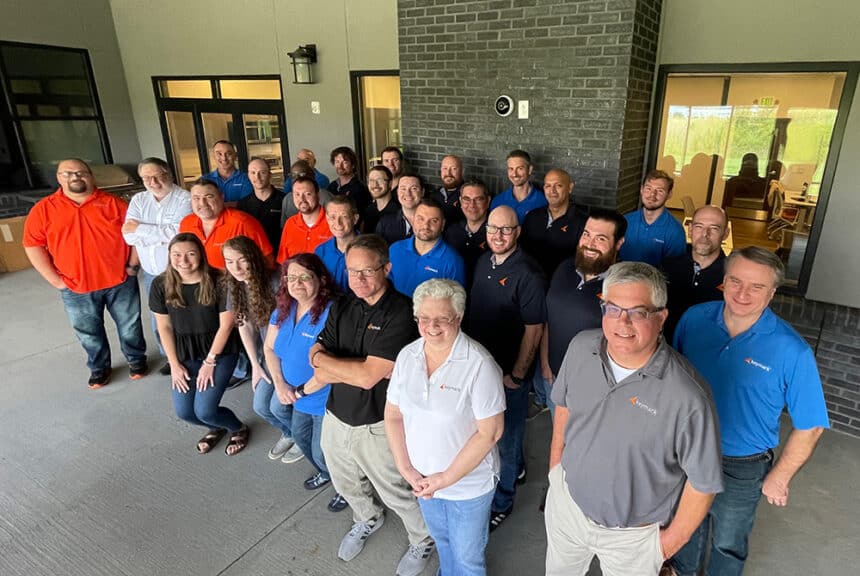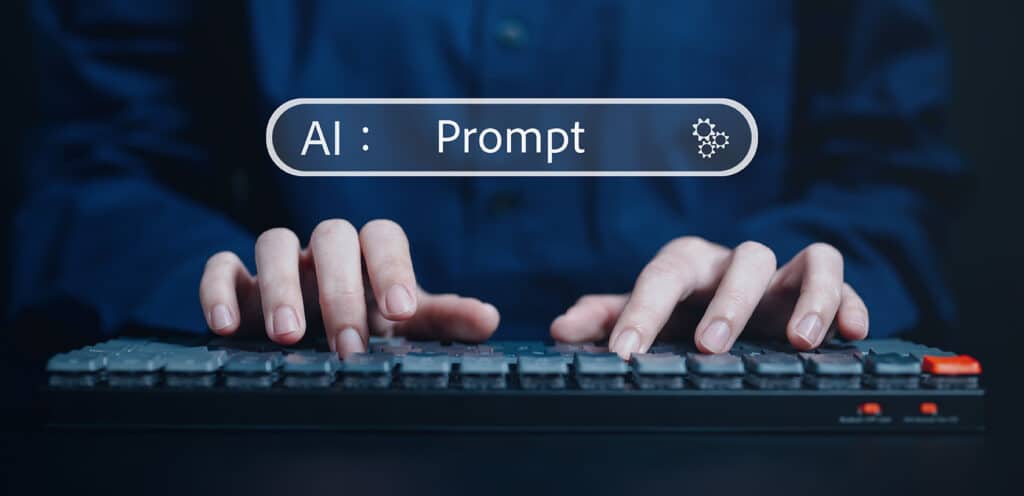Even the most fine-tuned software systems have the occasional bump in the road or hiccup, and that’s exactly what customer support was created for. There are no wrong ways to reach out to support, but there are a few steps you can take that will allow you to get the help you need as quickly and easily as possible! While this will not serve as the be-all-end-all resource for contacting support, these tips will help give your trained administrators the information they need to start researching the problem as soon as possible to help in finding a resolution.
Getting Started
Reporting a problem to KeyMark Support is as simple as sending an email to support@keymarkinc.com, or calling us at 864-343-0310. Now that we know how to contact support, let’s look at the content of the request. For the duration of this post we will mainly focus on contacting support through email.
The Subject Line
When an email or voicemail comes in it is routed through our case management system. The first thing we see is the subject field for an email, or the length of the voicemail and the number that called in. The subject field gives us an idea of what the problem is without going into detail. The subject should contain the following four parts:
- What software is it? (OnBase, Kofax, Docuware, AnyDoc, Forms in Motion, Blue Prism, etc.)
- What system(s) are affected? (Test, Production, QA)
- Which Module/Client are you using?
- How many users are affected by the issue?
An example of a great subject line is: “OnBase Production Down – All Thick Client Users unable to login.” An example of a bad subject line is: “Can’t log in to anything.”
The Body
Now that we have a good subject line, we can move to the body of the email. When it feels like things are on fire, the first reaction is often to reach out to support as quickly as possible. Sometimes, however, that quick email may end up costing you more time than one that took 10 minutes to send. The more information included in your email, the less emails need to be sent to get us up to speed with the issue at hand. Before sending the email, check to make sure it contains the answers to the 4 W’s (Who, What, When, and Where). These are some examples of questions using the W’s:
- Who is affected?
- What are you seeing when it fails?
- What do the errors say?
- What is the user(s) trying to do?
- What changed since the last time it worked?
- When did it stop working?
- What have you already tried?
- What have you already checked?
- Where is the issue occurring?
After these questions are answered, be sure to add your name as well as your company. If we are contacted and you have yet to be added to our system, we have to figure out who you are and verify with your Administrator that you are authorized to contact us, taking time away from the issue at hand. These are just a few questions that we will ask when researching your issue, so if they are already answered in the opening email it will speed things up greatly on our end and save valuable time on yours.
Attachments
The last thing to do before sending the email is to include any attachments you may have for this issue. These can include but are not limited to screenshots, error messages, event viewer logs, or diagnostic console logs. If they are small enough to attach to the email, go ahead and attach them. Otherwise, just let us know that you have files for us to look at and we will send you a link to ShareBase so that you can upload the files you need. Be sure to name them in an appropriate manner to clear any confusion, as different clients provide different errors, even if it’s the same issue. Please never email screen shots, diagnostics logs, error messages, etc. that include personal or sensitive information to KeyMark Support. Sharebase links can be provided for gathering this type of information.
The Wait
Now that the email is sent the hardest part begins: waiting. When the ticket has been opened you will receive an email stating that we have your ticket and we will be with you as soon as possible. Sometimes a reply from a Support Engineer can come within minutes, while other times it may take longer. This depends on a few factors like: priority, call volume, complexity of the issue, and the time at which it comes in, just to name a few. Critical production issues are always treated as priority. If you get new information, if you have been able to resolve the issue on your own, or you would just like to get a status update, feel free to reach out and let us know. It is always easier for all parties involved to operate on the most up to date information. Have no doubt, however, that someone will respond and will do their absolute best to make sure that the issue gets resolved!
The End!
It is our desire and pleasure in support to help you resolve these issues as quickly and thoroughly as possible so that you can get back to normalcy and, hopefully, stay there. Following even a handful of the tips above could greatly improve the speed and quality of support we can provide.



